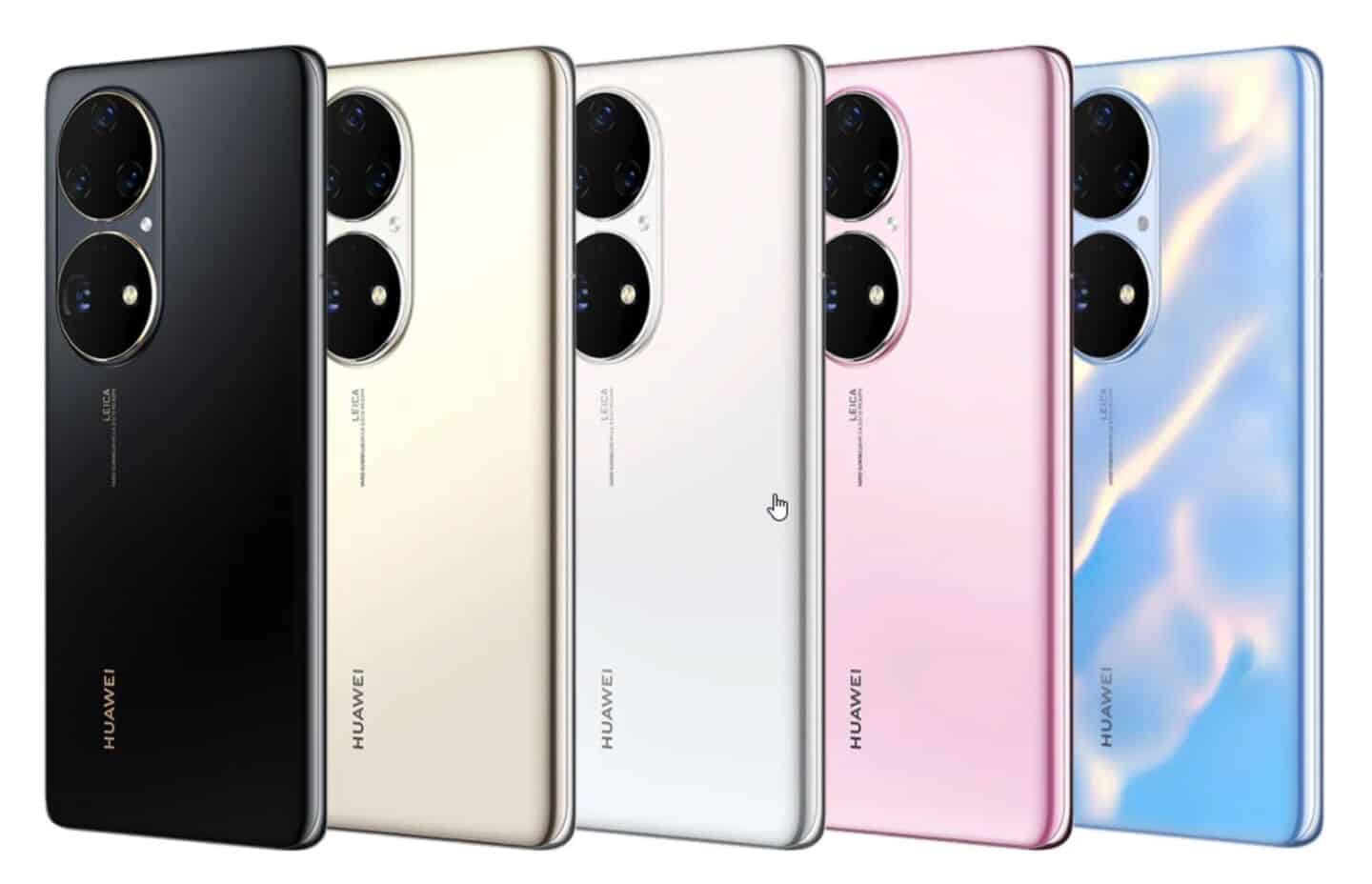Despite facing down a global chip shortage, a US export ban, and plummeting market share, Huawei is still plowing ahead and announcing its next flagship smartphone, the Huawei P50 Pro. The phone, which was teased back in June, is the company’s first smartphone launching with HarmonyOS, Huawei’s in-house operating system (though it’s just a fork of Android).
Huawei is weathering several storms as best it can, but these storms are leading to a lot of wild product decisions with the P50 Pro. Huawei devices are usually based on the company’s in-house “Kirin” SoCs, made by subsidiary HiSilicon. While the initial versions of the phones will use the 5 nm Kirin 9000 SoC, once the supply on those runs out, Huawei says it will switch to the Qualcomm Snapdragon 888 SoC. But wait—didn’t the US Government ban companies from exporting US-origin goods to Huawei?
It did, but Qualcomm was granted a license to sell chips to Huawei back in November 2020.
Qualcomm’s license only covers 4G products, which brings us to the next major oddity of the P50: it doesn’t support 5G. Huawei Consumer Division CEO Richard Yu blamed the US for this limitation during the presentation, saying (via the official translation), “Because of the four rounds of US restrictions over the past two years or so, 5G phones are beyond our reach.” The lack of 5G isn’t really a big deal for consumers, who rarely see any practical benefits from it, but it’s a big deal for the 5G-obsessed smartphone manufacturers and cell carriers.
The design features a big, dual-circle camera bump, which is kind of strange-looking. Hopefully, we’ll someday get similar designs with massive camera sensors behind each circle, but Huawei is filling them with several smaller cameras and sensors, going for… a faux-big-camera look? The Pro model features a 50 MP main camera, a 40 MP black-and-white camera (really?), and a 13 MP ultra-wide camera in the top circle. The bottom circle gets a 64 MP 3.5x telephoto (with a 200x digital zoom, which must make pictures look like mud), an LED flash, and a microphone.
There’s also the issue of the operating system, as this is the first smartphone Huawei is launching with HarmonyOS. Huawei executives pitch HarmonyOS as a fully in-house product and have said it is “not a copy of Android.” Once you actually get your hands on the OS, though, you’ll find it’s just an Android fork, with Huawei services replacing the Google services. Since Huawei has been replacing Google services forever in China (where Google Play isn’t available) and was later forced to do this internationally thanks to the export ban, there isn’t actually any serious difference between the company’s Android skin, EMUI, and its “in-house” OS, HarmonyOS. HarmonyOS 2 is based on a newer version of Android compared to EMUI, but other than that, it’s just a name change.
Back in June, Huawei announced a plan to update 100 older Huawei models in China from Android to HarmonyOS (a move only possible because HarmonyOS is just a newer version of Android), and the P50 press release says that “more than 40 million users” have taken the company up on that offer so far.
Besides the above, we have some pretty normal specs: a 6.6-inch, 120 Hz, 2700×1228 OLED display; 8GB of RAM; 128GB of storage; and a 4360 mAh battery. In China, the phone starts at $927 (CNY 5,988) for the 128GB version, with sales beginning today. There’s no word on the phone being sold outside of China, and with Huawei facing all sorts of supply problems, it would not be surprising to hear that availability is limited.

